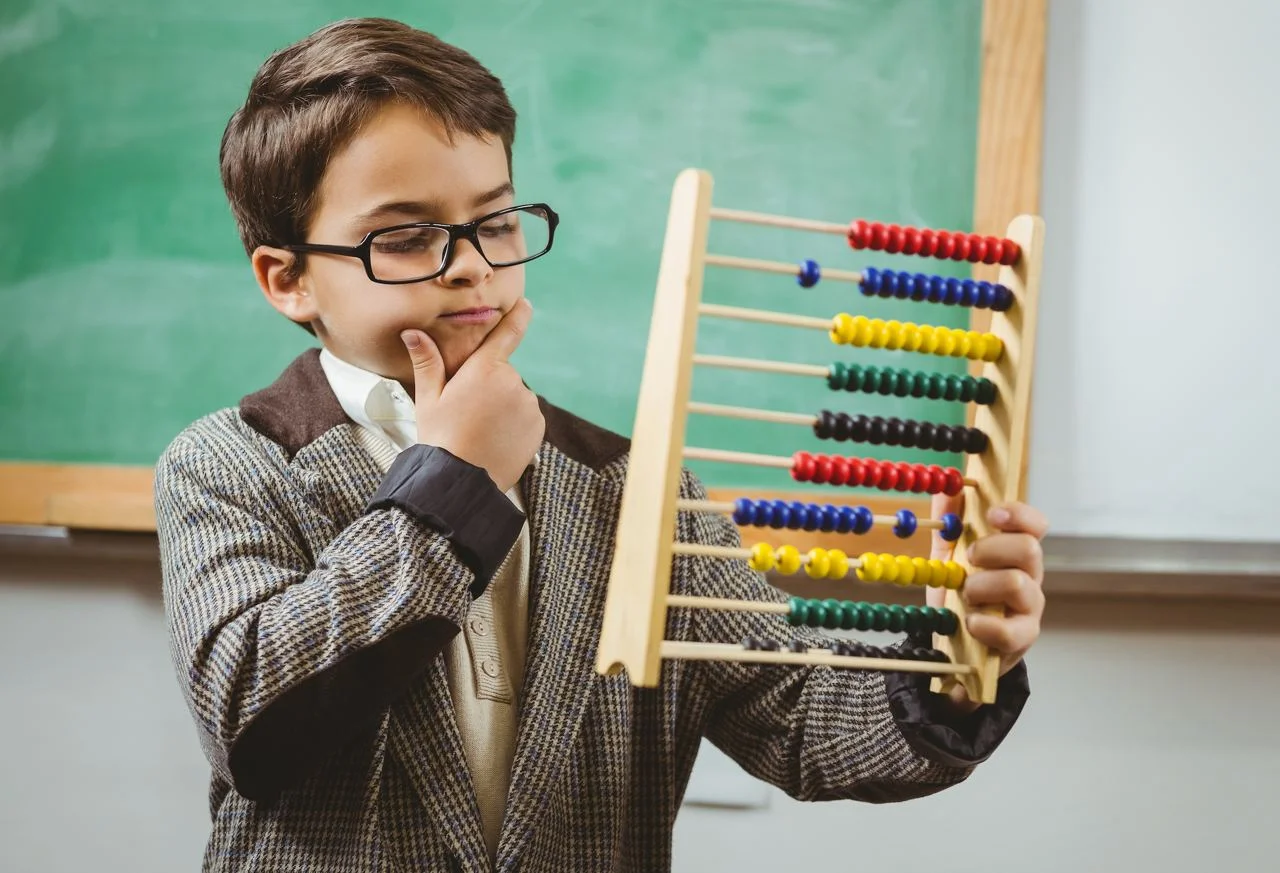1. Introduction: The Importance of Mindfulness for Mental Health, Child Development, and Family Dynamics
– Overview of mindfulness as a practice rooted in present-moment awareness, non-judgment, and compassionate attention.
– Briefly introduce how mindfulness supports mental health, fosters healthy child development, and strengthens family relationships.
– Importance of mindfulness in today’s fast-paced, technology-driven world, where stress and anxiety often impact individuals and families alike.
2. Mindfulness and Mental Health: Enhancing Well-being and Reducing Stress
– 2.1 Benefits of Mindfulness for Mental Health
– Reduction in stress, anxiety, and depression through mindful awareness of thoughts and emotions.
– Improved focus, resilience, and emotional regulation.
– 2.2 Neuroscience Behind Mindfulness: How It Impacts the Brain
– Discuss findings in neuroplasticity, showing how mindfulness practices physically change brain structure (e.g., strengthening the prefrontal cortex, which governs emotional regulation, and shrinking the amygdala, the brain’s fear centre).
– Explain the role of mindfulness in activating the parasympathetic nervous system, promoting relaxation.
– 2.3 Practical Mindfulness Techniques for Mental Health
– Breathing exercises, progressive relaxation, body scanning, and guided visualisation.
– Real-life examples and tips for incorporating these practices into daily routines.
3. Mindfulness in Child Development: Nurturing Emotional Intelligence and Resilience
– 3.1 Why Mindfulness Matters for Children
– Introduction to how children’s brains develop, and why early exposure to mindfulness can create long-lasting benefits in emotional intelligence, self-awareness, and empathy.
– Importance of helping children develop inner tools for self-regulation in the face of stress.
– 3.2 How Mindfulness Supports Emotional and Social Growth
– Teaching self-compassion, patience, and the ability to stay grounded.
– Examples of age-appropriate mindfulness activities for children, such as mindful breathing, sensory games, and gratitude journaling.
– 3.3 Mindfulness Techniques for Different Developmental Stages
– Early Childhood (Ages 3-7): Play-based mindfulness practices, focusing on simple breathing exercises and noticing feelings.
– School-Age Children (Ages 7-12): Basic meditation, mindful colouring, and gratitude practices.
– Adolescents (Ages 13-18): Developing mindful habits for self-reflection, meditation, and journaling to support identity formation and stress management.
4. Strengthening Family Bonds Through Mindful Practices
– 4.1 The Role of Mindfulness in Building Empathy and Compassion Within Families
– Benefits of practising mindfulness as a family to foster empathy, open communication, and mutual respect.
– How shared mindfulness routines can provide opportunities for connection and understanding.
– 4.2 Family-Friendly Mindfulness Activities
– Group meditation, family gratitude rituals, mindful meal practices, and family meetings focused on active listening.
– Encouraging routines like a family mindfulness jar, where each member can contribute positive reflections or gratitude notes.
– 4.3 Effective Communication and Conflict Resolution Through Mindfulness
– Using mindfulness techniques to navigate family conflicts with patience and calmness.
– Techniques for mindful listening and expressing needs non-judgmentally, which can help prevent misunderstandings and emotional escalation in family dynamics.
5. Overcoming Challenges in Cultivating Mindfulness Within Families
– 5.1 Addressing Resistance or Disinterest in Mindfulness Practices
– Tips on introducing mindfulness in a fun and accessible way for reluctant family members.
– Ideas for integrating mindfulness into everyday activities to make it feel less structured and more natural.
– 5.2 Balancing Individual and Family Mindfulness Practices
– Encouraging each family member to cultivate their own mindfulness routine while finding shared practices that bring the family together.
– Acknowledging and respecting different preferences in mindfulness practices among family members.
6. Practical Tips for Building a Sustainable Mindfulness Routine in Family Life
– 6.1 Setting Realistic Expectations and Goals
– Advice on starting small, setting achievable goals, and celebrating progress.
– Encouraging flexibility and avoiding perfectionism in mindfulness practices.
– 6.2 Integrating Mindfulness Into Daily Routines
– Making mindfulness a part of morning or bedtime routines, meals, or even car rides.
– Creating small “mindfulness zones” in the home where family members can retreat for quiet reflection.
– 6.3 Tools and Resources for Family Mindfulness Practice
– Overview of apps, books, and online resources for all age groups.
– Recommendations for guided meditations, mindfulness games, and family-friendly mindfulness resources.
7. Success Stories: Real-Life Examples of Families Embracing Mindfulness
– Case studies or anecdotes of families who have incorporated mindfulness and seen positive changes.
– Stories highlighting the transformation in mental health, child behaviour, or family dynamics due to consistent mindfulness practice.
8. Conclusion: Embracing Mindfulness as a Lifelong Journey
– Reiterate the profound benefits of mindfulness for individual mental health, child development, and family relationships.
– Encouragement to see mindfulness as an evolving journey that enriches both individual lives and family bonds over time.




